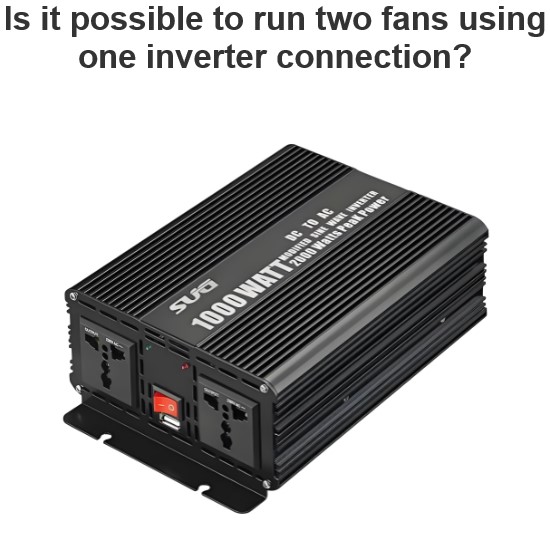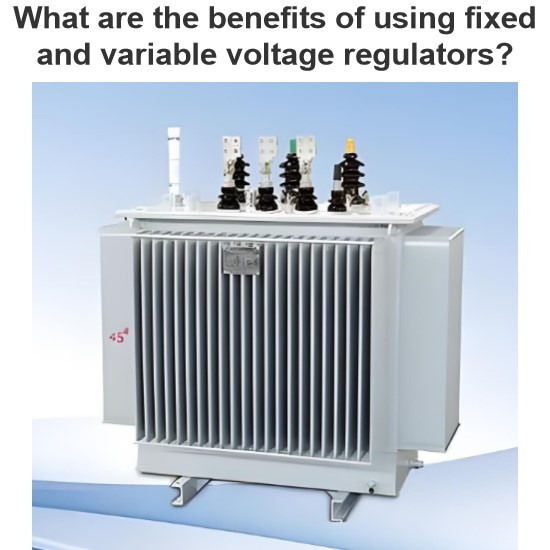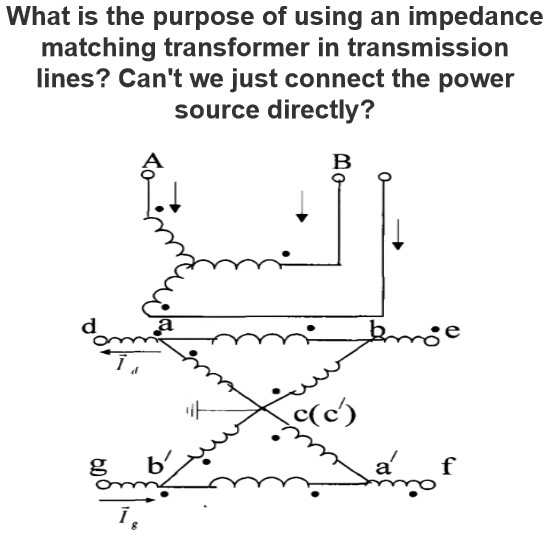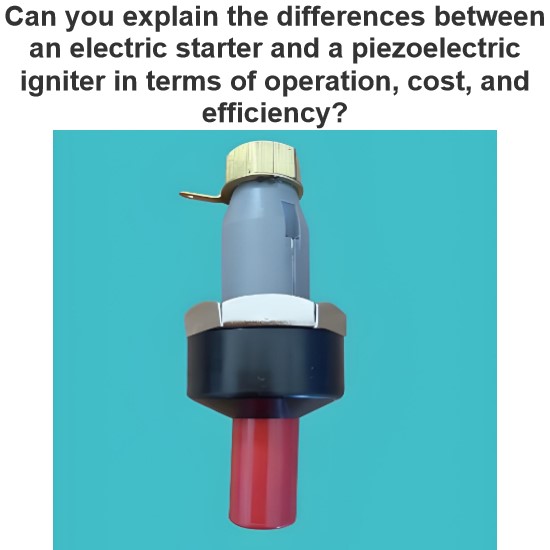What type of permanent magnet is most effective for creating magneto generators?
Choosing which type of permanent magnet to use for manufacturing a magnetic generator (Magnetic Generator) or permanent magnet generator (PMG) depends on various factors, including operating temperature, magnetic field strength, cost, availability, and the specific requirements of the application. Here are some commonly used permanent magnet materials and their characteristics:
Common Permanent Magnet Materials
1. Neodymium Iron Boron
Advantages
High Strength Neodymium iron boron magnets have very high energy products, capable of producing strong magnetic fields.
Lightweight Compared to other types of permanent magnets, NdFeB magnets are relatively lightweight.
Disadvantages
Temperature Sensitivity : NdFeB magnets lose their magnetic properties at high temperatures.
Brittleness : NdFeB magnets are somewhat brittle and prone to chipping.
Applications: NdFeB magnets are widely used in small, lightweight applications requiring strong magnetic fields, such as wind turbines and electric vehicle motors.
2. Samarium Cobalt
Advantages
Temperature Stability : SmCo magnets have good stability at high temperatures, making them suitable for high-temperature environments.
Resistance to Demagnetization: SmCo magnets are resistant to demagnetization.
Disadvantages
Cost: SmCo magnets are relatively expensive.
Brittleness: They are also brittle.
Applications: SmCo magnets are used in applications that require operation at high temperatures, such as avionics and certain types of motors.
3. Ferrite
Advantages
Low Cost: Ferrites are among the most economical permanent magnets.
Resistance to Demagnetization: Ferrites have good resistance to demagnetization.
Disadvantages
Lower Energy Product : Ferrites have lower energy products compared to other types of permanent magnets.
Applications: Ferrite magnets are typically used in cost-sensitive applications that do not require particularly strong magnetic fields, such as small motors and speakers.
4. Alnico
Advantages
Temperature Stability: Alnico magnets maintain stable magnetic properties over a wide range of temperatures.
Machineability: They are easily machined into various shapes.
Disadvantages
Energy Product: Alnico magnets have lower energy products than NdFeB and SmCo.
Applications: Alnico magnets are used in applications requiring good temperature stability and easy machining, such as sensors and instruments.
Selection Guide
Operating Temperature : For generators that need to operate in high-temperature environments, SmCo magnets may be the best choice.
Field Strength : For applications requiring strong magnetic fields, NdFeB magnets are the most effective option.
Cost Considerations: For cost-sensitive applications, ferrite magnets represent an economical choice.
Mechanical Strength : If the magnets need to withstand mechanical stress, Alnico magnets might be more suitable.
Summary
When choosing permanent magnets for magnetic generators, NdFeB magnets are widely used due to their high strength and lightweight nature, especially for applications requiring strong magnetic fields in small and lightweight designs. However, if the operating environment is at a high temperature, SmCo magnets might be preferable. Ferrite magnets, due to their economy and resistance to demagnetization, are widely used in cost-sensitive applications. Alnico magnets are suitable for applications requiring good temperature stability and ease of machining.
The specific choice of permanent magnet should also take into account the particular requirements of the application.
If you have any further questions or need additional information, please feel free to ask!
The Electricity Encyclopedia is dedicated to accelerating the dissemination and application of electricity knowledge and adding impetus to the development and innovation of the electricity industry.




